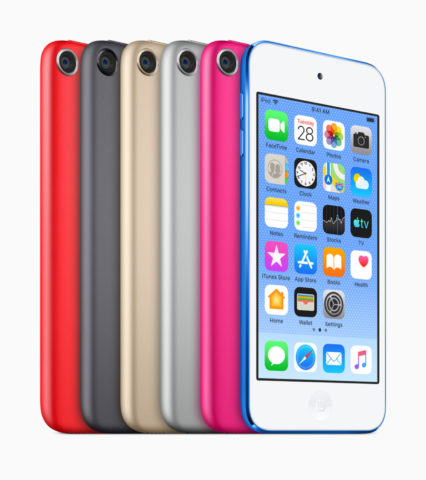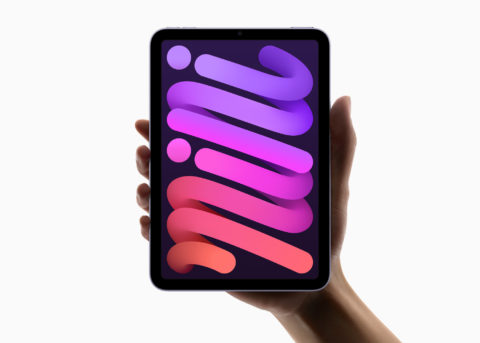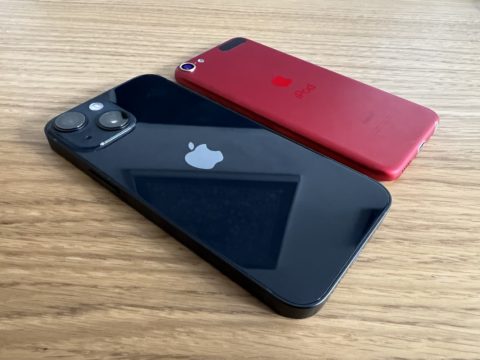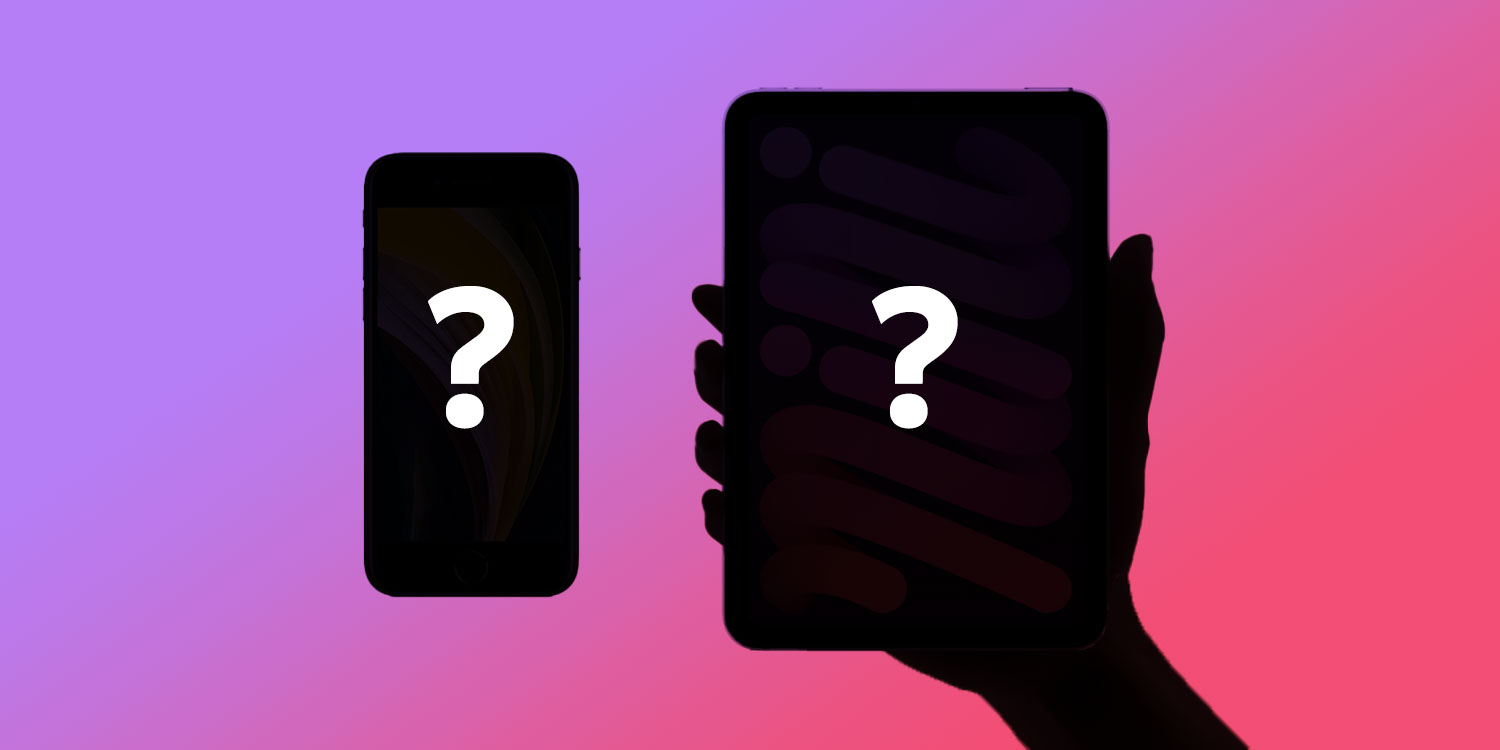As the iPod line finally ends, we explore how you can replace Apple’s thinnest touchscreen marvel
The music lives on, said Apple in a recent press release. Although it didn’t seem to acknowledge the iPod touch was far more than just a music player – nor that the unit had been discontinued. Apple merely vaguely hinted the iPod touch was done, by adding you could buy one “while supplies last.”
But should you? That’s the question now Apple has canceled a device that was excellent for kids and useful if you wanted a tiny iOS device as a spare – or a dedicated unit for reading, gaming, music or to use as a remote.
So let’s dig into what your options are now – and what we think you should buy.
iPod touch
At $199/£199 for the 32GB model, the iPod touch is (was) the most affordable iOS device – and the smallest. Its tiny frame is properly pocketable at just 4.86in (123.4mm) x 2.31in (58.6mm) x 0.24in (6.1mm). It weighs a piffling 3.1oz (88g).

The iPod touch: thin; colorful; cheap. Also: old.
When Apple discontinues a device, people clamor to mop up remaining supplies, but we don’t think you should in this case. The iPod touch’s aging iPhone 7 era A10 chip has only one or two years of support left in it. Also, the device can be fiddly, has terrible cameras, lacks a compass and Touch ID, and has poor battery life. On the flip side, we suppose it does have a headphone jack…
Recommended for: iPod die-hards, collectors, and possibly kids.
iPad
Given that the standard iPad effectively is a giant iPod touch, it on paper looks like a solid alternative to one – especially if you don’t want to spend money on an iPhone. And it’s also graced with far more modern tech: a faster A13 chip, superior cameras (including a superb FaceTime one), a compass, and Touch ID.
The larger display is a boon for most tasks – although the flip side is portability. At 1.07 pounds (487g), the iPad isn’t exactly heavy, but it’s not pocketable – unless you have comedy pockets. The reflective display isn’t ideal either, nor is the dated design; still, at just $30/£20 more than the mid-tier iPod touch (which, admittedly, has twice as much storage), it represents good value.
Recommended for: people who prize value – and also screen size over pocketability.
iPad mini
You might reason the iPad mini is a better iPod touch replacement – and it has the portable thing down, weighing just 0.65 pounds (293g) and having a small frame. Despite its diminutive dimensions, the 8.3in display is nonetheless the sharpest of any iPad, is anti-reflective, and covers most of the front face.

The iPad mini is portable – but pricey.
The unit is packed with other modern tech as well: a speedy A15 chip, great cameras, landscape stereo speakers and Touch ID. There is a little ‘jelly scrolling’ in portrait and the device can be a touch fiddly, but the main blocker is the price. For the 64GB unit, you’re talking $499/£479 – almost double the cost of the 128GB iPod touch.
Recommended for: folks who want a tiny iPad – and have the cash to pay for it.
iPhone SE
In terms of form factor, the iPhone SE is the closest iPod touch alternative you can buy from Apple. It’s bigger and heavier – but not overly so, and the larger 4.7in display makes for a broadly superior user experience.
The SE is also generations ahead in terms of tech: an A15 chip; great cameras; Touch ID; a better battery. Again, you pay for all this: $429/£419 for 64GB, $479/£469 for 128GB, and $579/£569 for 256GB. If you’re not using it as a phone, that might be a stretch too far. Still, this is the cheapest iPhones get – and you can bet the A15 will be supported for years.
Recommended for: anyone who wants the closest iPhone equivalent to an iPod touch.
iPhone 12 mini
For people made of money, there is another option: the iPhone mini. Rumored to be discontinued in 2022, there have been two iterations of the device to date, both of which are still on sale. The more affordable – for a given value of affordable – is 2020’s iPhone 12 mini, which costs $599/£579 for 64GB, $649/£629 for 128GB, and $749/£729 for 256GB.

The iPhone mini isn’t much bigger than the iPod touch
It’s expensive – but also gorgeous. The all-screen design nets you a superb display in a smaller frame than the SE’s – and one that’s barely bigger than an iPod touch. The A14 chip remains capable, the cameras are great, there’s Face ID, and the battery life is fine – especially when this iPhone’s mostly used as a home device. But that price tag will sting.
Recommended for: fans of tiny hardware who have big wallets.
Second-hand iPhone
The final option is to buy second-hand. Be careful: thoroughly explore what you’re buying (including all defects), check iPhones are unlocked, and know your rights in the event of unit failure. Do your research, though, and you can net a bargain. For example, the aforementioned iPhone 12 mini is up to 100–200 bucks less than its Apple price tag when second-hand, making it more palatable.
Older units are cheaper still – and yet capable. The iPhone 11 (still sold by Apple) tends to be half-price second-hand (in the $250/£200 range). It packs a 6.1in display and the same A13 chip as the current iPad – yet weighs only 194g. The iPhone XR, with its A12, is the furthest we’d go back, and even in near-mint condition is unlikely to cost more than a brand-new iPod touch.
Recommended for: people who like a bargain – and giving tech a second home.

